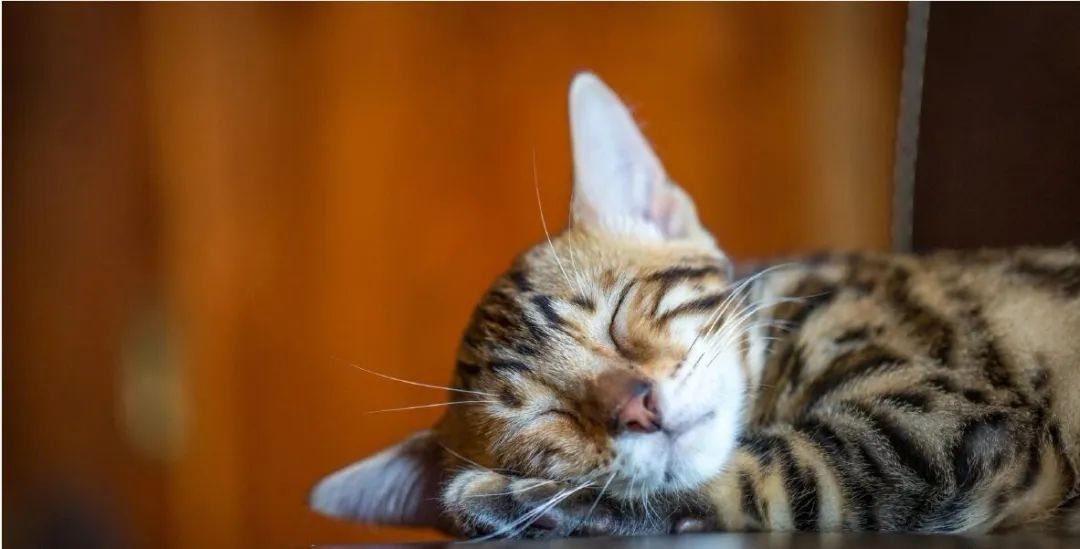Symptoms and treatment of feline calicivirus infection
Cat calicivirus infection, also known as feline infectious rhinoconjunctivitis, is a type of viral respiratory disease in cats. Its clinical features include rhinitis, conjunctivitis, and pneumonia, and it has a biphasic fever type. The disease is a frequent occurrence in cats, with high incidence rate and low mortality, but the mortality of kittens is extremely high.
①Route of transmission
Under natural conditions, only feline animals are susceptible to feline calicivirus. This disease often occurs in cats aged 56-84 days, and cats aged 56 days can also be infected and infected. The main sources of infection of this disease are sick cats and infected cats. The virus contaminates the surrounding environment with secretions and excreta, and then spreads to healthy cats. It can also be transmitted to susceptible cats through direct contact. Once the virus spreads to susceptible cat populations, it can cause rapid and widespread transmission, especially in young cats. Pet hospitals, veterinary hospitals, reserve populations, experimental cat populations, and other densely populated areas are more conducive to the transmission of feline calicivirus.
②Clinical symptoms
The incubation period of feline calicivirus infection is relatively short, with the shortest being 1 day, usually 2-3 days, and a natural course of 7-10 days. It is not a secondary infection and can often be naturally tolerated. At the beginning of the disease, there is a lack of energy, poor appetite, drooling, sneezing, tearing, and serous secretions flowing from the nasal cavity. Subsequently, ulcers appear in the oral cavity, with the ulcer surface distributed in the tongue and hard palate, especially in the cleft palate. Sometimes, ulcerated surfaces of varying sizes also appear in the nasal mucosa. Severe cases can lead to bronchitis, even pneumonia, which can cause breathing difficulties. A few cases only show muscle pain and keratitis, with no respiratory symptoms.
③Prevention and control measures
Vaccination can be used to prevent this disease. Vaccines include cat calicivirus single vaccine and co vaccine, with cell culture attenuated vaccine and inactivated vaccine. The co vaccine is a triple vaccine of cat calicivirus, cat infectious rhinotracheitis virus, and cat panleukopenia virus. Vaccines can be used in kittens over three weeks old. Inject once a year in the future. Due to the fact that recovered cats that have withstood this disease can carry the virus for a long time, at least 35 days, they should be strictly isolated to prevent spread.
Post time: Nov-01-2023

